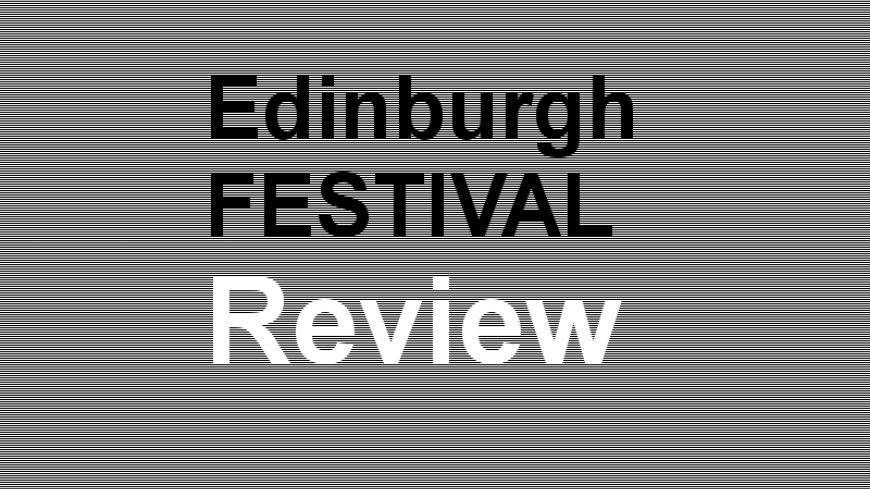
A disappointingly small audience turned out for an intriguing performance by the RSNO under its former chief conductor Neeme Järvi.
It was intriguing mostly because of the disparate styles of the three musical offerings and, in particular, by the fact that neither orchestra nor conductor were fazed by the false fire alarm that cleared everyone out of the hall for nearly half an hour.
Neeme Järvi
© H Frederick Stucker
Two romantic short tone poems, Dawn and Twilight by Jarvi's compatriot Heino Eller, were new to most of the audience but their shades of Tchaikowsky made a well-received opening to the programme.
This romantic mood vanished abruptly with Sibelius.
The sombre start to his Fourth Symphony with its semi-dialogue of low strings and bassoon presaged something darker and more complicated. The symphony was a giant leap forward from the composer's earlier work and its detailed orchestration -- which in turned treated the various orchestra sections almost as separate entities -- demanded undivided attention by the listener.
Contrapuntal passages and extensive use of the augmented fourth in every movement, which gradually fade away rather than build to a finale, also posed difficulties for the players.
The Royal Scottish National Orchestra
© Peter Devlin
There is drama as well as gloom in the work and it was at one notably dramatic point that the fire alarm forced a halt and mass evacuation of the hall.
On resumption, Järvi completed the symphony as though nothing had happened -- contrary to the report by one national newspaper reviewer who obviously didn't know her Alpha from her Omega as she said he abandoned it after the first movement.
Järvi is one of the few conductors who view the thought-provoking finale with optimism. As a result, this quality performance differed radically from the version recorded by the RSNO under Gibson in the 80s.
Sibelius acknowledged the perceived gloom of what is now generally regarded as his finest symphony by saying "It is misery to be human" but late in life spoke highly of the work and said he never regretted writing it.
After the scheduled interval a sparkling performance of Falla's Three-cornered hat quickly removed any traces of gloom. Hand-clapping cries of "Ole" from the musicians and the vibrant mezzo-soprano of Victoria Simmons brought life to a concert performance of music originally written as a ballet.
Some passages may have needed the ballet setting for full impact but the whole displayed the versatility of the orchestra and Jarvi's rapport with the players. His frock-coated black garb chimed oddly with his personal ballet as at times he more or less burst into a "Jumping Jack Flash" on the podium. Expressive hand directions to the players as he danced up and down were interposed with periods when he appeared to neglect the beat, seeming just to fold his arms and let the orchestra get on with it.
The result was a scintillating performance well-deserving of the prolonged applause it generated.
Music Eller: Dawn & Twilight; Sibelius: Symphony No.4; Falla: The Three-Cornered Hat
© Iain Gilmour 14 August 2007. First published on EdinburghGuide.com

